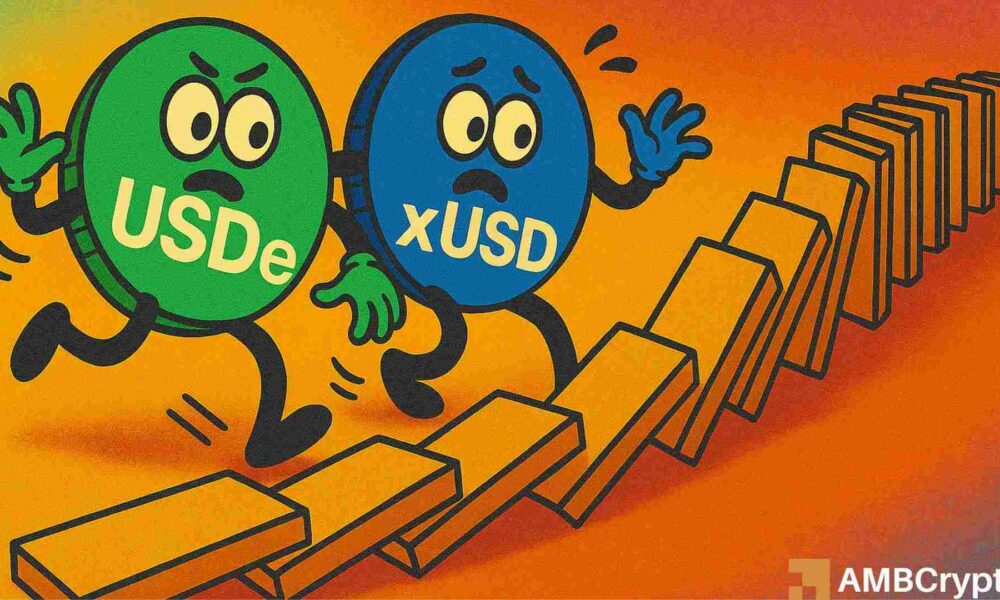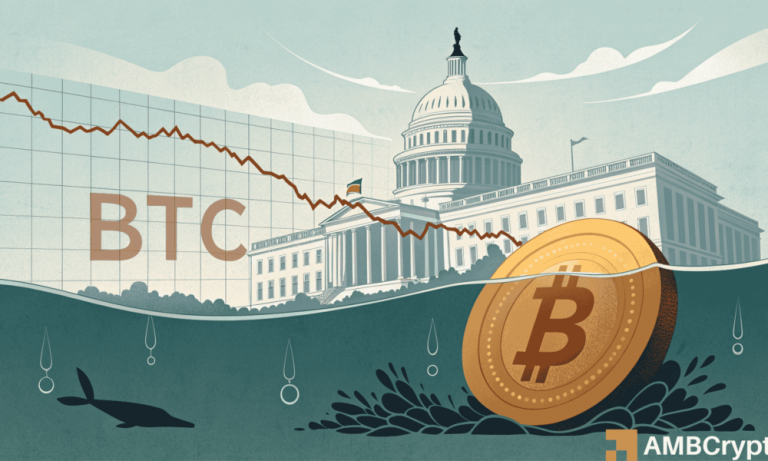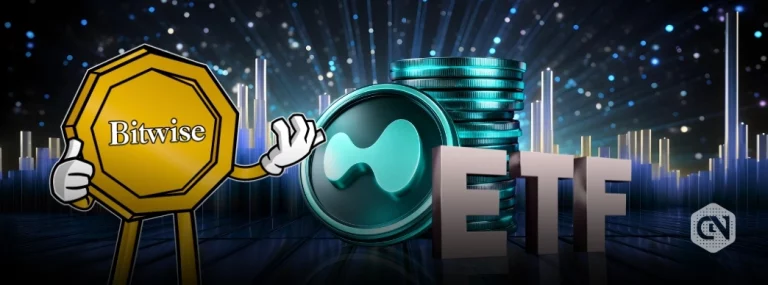
The Ripple Effect of Stablecoin De-Pegging on the Crypto Market
The cryptocurrency market has faced significant turbulence in recent months, with the October crash marking one of the most critical events in the space. The de-pegging of synthetic stablecoins like USDe and xUSD left the market scrambling, triggering a series of forced liquidations, sharp drops in asset values, and a loss of confidence among traders and investors.
What Happened to USDe and Its Impact?
The event originated on October 10th, when USDe, a synthetic stablecoin designed to maintain a 1:1 value with the U.S. dollar, slipped drastically to $0.65 on Binance. This sudden drop in value, almost a 40% de-peg, activated the platform’s auto-deleveraging (ADL) mechanism. Essentially acting as a digital margin call, the ADL feature automatically liquidates user positions once prices fall below specific collateral thresholds.
The cascading impact of these liquidations caused a significant depletion of market liquidity. Moreover, delays in market makers accessing Binance to supply liquidity worsened the situation. Major platforms such as Hyperliquid also activated their ADL protocols to secure platform solvency, resulting in nearly $20 billion in liquidated positions.
These events left traders demoralized, with ripple effects across other DeFi platforms. The crypto community also experienced devastating losses, both financially and emotionally, further undermining its trust in synthetic stablecoins.
xUSD’s Role in the DeFi Liquidity Crisis
The chaos extended into November when another prominent synthetic stablecoin, xUSD from Stream Finance, faced de-pegging. Unlike USDe, xUSD was marketed as a yield-bearing stablecoin, leveraging deposited funds in various high-yield strategies. However, murky operating practices led to $93 million in user assets being siphoned off to an external entity, sparking widespread panic among its investors.
xUSD’s inability to maintain its dollar peg further wiped out over $40 billion in DeFi platform liquidity. Despite the passage of time, xUSD has yet to recover its stability, leaving user funds locked and the platform silent—an ominous signal for synthetic stablecoin investors.
The Current Sentiment Toward Synthetic Stablecoins
These back-to-back incidents have severely shaken investor confidence in synthetic stablecoins. The market capitalization of USDe has dropped by over 50% since the crash, and investor hesitancy persists with no clear path to recovery. Users now demand greater operational transparency and accountability from DeFi projects before risking their funds in the unstable sector.
Rebuilding Trust in Stablecoins
While stablecoin technology holds vast potential in enabling decentralized finance, the October crash and subsequent events have exposed glaring vulnerabilities in operational design and trustworthiness. Investors are urged to do thorough due diligence and prioritize platforms that offer explicit transparency regarding their reserves, strategies, and auditing processes.
Stay Informed and Protected
As the crypto landscape evolves, staying updated on market trends and risk factors is critical. For crypto platforms looking to attract conscientious investors, the inclusion of more robust stability mechanisms and transparent practices will be vital in regaining confidence in the broader decentralized finance ecosystem.
Recommended Product: If you’re looking into cryptocurrency and stablecoin space, a hardware wallet like Ledger Nano X could be an excellent investment. Hardware wallets provide an added layer of security, protecting your digital assets during volatile market conditions.



